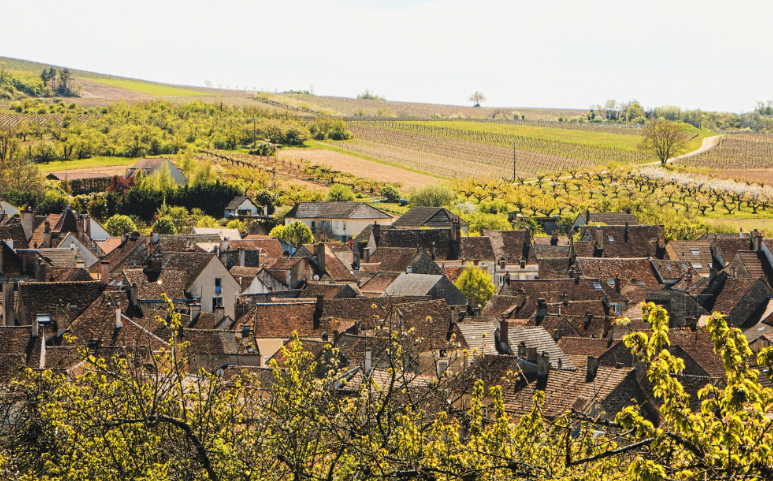Investing in good soil is one of the most important decisions you can make in the production of wine. It is the reason you will be able to produce a high quality wine. Here are some tips to help you achieve that goal.
Loam soil
Having a good understanding of the role of loam soil in wine production is key to creating a successful harvest. The right loam soil can add density and richness to the flavor and texture of your wine.
Loam soils are typically well-draining, which is a good thing for grapevines. Too much clay in the soil can stifle vine growth and prevent grapes from searching for water deeper in the soil.
A soil that is rich in sand will also help mitigate extreme weather conditions. The sand will also help reflect heat back into the grapes. It will also help grapevines to develop an extensive root system, which will help them to exploit large volumes of soil.
A loam soil is a mix of sand, silt, and clay. It has a fine texture and is moderately porous.
Gravel-based soil
Several factors affect the quality of wine made from gravel-based soil. These include the soil’s physical and chemical properties, its ability to anchor plants, and the vineyard’s aspect. A combination of these factors is crucial to a good harvest. Some grape varieties will produce better results in certain soils.
A soil is a natural substance that is formed when a bedrock weathers. Gravel-based soils contain rocky particles that provide excellent drainage. This type of soil tends to be coarser than clay or sandy soils. The gravel helps to retain water during dry periods. This helps to produce bolder wines. The gravel also helps to reflect sunlight back to the vines, thereby helping to ripen berries earlier.
Silt soils are moderately porous and have a good water retention capacity. Silt-based wines are smooth, round, and low in acidity. Silts also tend to retain heat.
Methamorphic soil
Whether you’re a wine enthusiast or simply want to learn more about the importance of soil in wine production, it’s important to understand how this part of the process influences both the character of your wine and its taste. Wine soils are made up of several different types of rocks, which can be classified according to texture, mineral content, water-holding capacity, and decomposed organic matter. Ultimately, the type of soil you choose is the key to making great wines.
Soil types vary by region and climate. For instance, sand, clay, and alluvium are all common types of soil in most wine regions. However, some regions, such as Germany’s Mosel Valley, are known for soils that retain heat and are great for growing grapes. Sand is very fine-grained and drains well in wet climates, but it can be too dry for grapes in drought-stricken regions. Clay, on the other hand, can be very fertile and produce powerful wines.
Alluvial soil
Whether you are a wine lover, or someone who is considering a career in wine, it is important to know the role of alluvial soils in wine. In fact, it is said that a soil’s composition is one of the most important factors in the success of a vineyard.
Alluvial soils can be found throughout the world. They are ideal for growing vines and producing quality wines.
Generally, alluvial soils are composed of sand and clay. These types of soils are typically loose and easily permeable. This is because they are formed from debris that has been deposited by running water.
Alluvial soils are found in many wine regions. For example, in Napa Valley, several alluvial fans exist. The resulting wines are rich in body, acidity, and complex aromas.
Terra Rossa
Whether you are looking for a great red wine or a delicious everyday drink, Why soil matters for wine. Terra rossa soil is made up of red iron oxide rich soil that has been laid over limestone. It is a porous rock that provides excellent drainage and can retain moisture without becoming waterlogged. This soil produces excellent red wines with depth.
Terra rossa soils are found in the eastern Bursa plain in Turkey. These soils are similar to those found throughout the Mediterranean region. These soils have moderate alkali reactions and are rich in soluble oxides of common rock elements. The Terra Rossa soils are moderately well drained and have a moderate medium subangular blocky structure. They have chroma 3 to 8 when moist.
Terra rossa soils were studied using mass balance geochemistry, grain size analysis, strontium isotopes, and quantitative X-ray diffraction mineralogy. The profiles were tested in five elevations.


